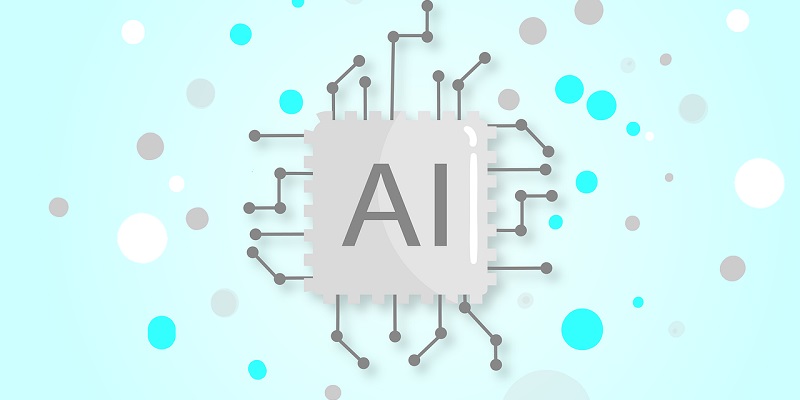In its quest to revolutionize enterprise operations, Splunk, a leading provider of software and data solutions, is launching a groundbreaking addition to its Splunk AI collection of offerings – a powerful generative AI assistant. This innovative tool aims to empower enterprise users by simplifying the process of writing and explaining customized SPL queries, enabling them to extract meaningful insights from large datasets with ease.
Functionality of the AI Assistant
The Splunk AI Assistant acts as a guiding companion for enterprise users, helping them navigate the complex world of SPL queries. With this AI assistant, users can effortlessly write and explain SPL queries, leveraging the assistant’s expertise to quickly obtain relevant information from vast amounts of data. By streamlining this process, the AI assistant significantly reduces the time and effort required to extract meaningful insights, enhancing overall operational efficiency.
Implementation of the Text-to-Text Transfer Transformer Model
At the heart of the Splunk AI Assistant is the powerful Text-to-Text Transfer Transformer model, popularly known as T5, developed by Google. Leveraging the capabilities of the T5 model, the AI assistant possesses the ability to understand and generate coherent textual responses in real-time. This state-of-the-art model provides the necessary foundation for effectively interpreting user prompts and formulating accurate and contextually relevant answers.
Training of the T5 model
To ensure the proficiency and accuracy of the AI assistant, Splunk’s team of experts meticulously fine-tuned the T5 model using a combination of manually created and synthetically generated data from Splunk’s extensive resources. This rigorous training process enabled the AI assistant to grasp the intricacies of SPL queries and become well-versed in delivering precise and insightful responses to users’ queries.
Working of the Splunk AI Assistant
When a user interacts with the Splunk AI Assistant, the assistant employs its extensive training to read and interpret user prompts, analyzing the context and intent behind the queries. Based on this understanding, the AI assistant employs its knowledge to generate the most probable and relevant answer. This dynamic and intuitive functionality greatly enhances the user experience, providing rapid and accurate responses to complex inquiries.
Overview of Other Offerings from Splunk AI
The Splunk AI collection encompasses a wide range of innovative solutions designed to streamline various aspects of enterprise operations. Among these offerings are the Splunk App for Anomaly Detection and IT Service Intelligence 4.17, which provide invaluable support to security operations, IT operations, and engineering teams. These tools leverage advanced algorithms and machine learning techniques to identify and resolve anomalies, thereby improving operational efficiency and reducing downtime.
Role of the Splunk App for Anomaly Detection
Security threats and IT issues are ever-present challenges for organizations. The Splunk App for Anomaly Detection empowers security operations, IT operations, and engineering teams with a comprehensive solution for detecting and mitigating potential risks. By analyzing data patterns and identifying deviations from normal behavior, the app enables proactive identification of threats and timely intervention, bolstering overall security measures.
Inclusion of MLTK 5.4 and Splunk App for Data Science and Deep Learning 5.1
As part of the Splunk AI ecosystem, the recently updated Machine Learning Toolkit (MLTK) 5.4 and the Splunk App for Data Science and Deep Learning 5.1 further augment the capabilities of the AI assistant. MLTK provides a comprehensive set of tools and algorithms for developing and deploying machine learning models, empowering organizations to derive meaningful insights from their data and make informed decisions. The Splunk App for Data Science and Deep Learning harnesses the power of AI to enable organizations to leverage large language models for natural language processing, enhancing communication and understanding of textual data.
Introduction to the Data Science App
An integral component of Splunk’s AI offerings, the data science app incorporates two new AI assistants specifically designed to leverage large language models for natural language processing. These AI assistants enhance organizations’ ability to process and interpret textual data, allowing for more advanced analysis and insights. By harnessing the power of language models, the app opens up new possibilities for effective communication and understanding of unstructured data.
Availability of the applications
Both the Splunk App for Anomaly Detection and the data science app, along with their respective AI assistants, are readily accessible through Splunk’s marketplace, Splunkbase. This user-friendly platform enables organizations to easily download and integrate these powerful tools into their existing infrastructure, empowering them to maximize the capabilities of Splunk AI and drive operational excellence.
Splunk’s introduction of a generative AI assistant marks a significant milestone in the realm of enterprise operations. By simplifying the process of writing and explaining SPL queries, this innovative tool empowers organizations to extract valuable insights efficiently and effectively. Combined with other offerings from Splunk AI, such as the Splunk App for Anomaly Detection and MLTK, the AI assistant enables businesses to enhance security, optimize IT operations, and leverage the power of data science for better decision-making. As organizations continue to rely on data-driven insights, Splunk’s AI assistant and related solutions will play a vital role in shaping the future of enterprise operations.

